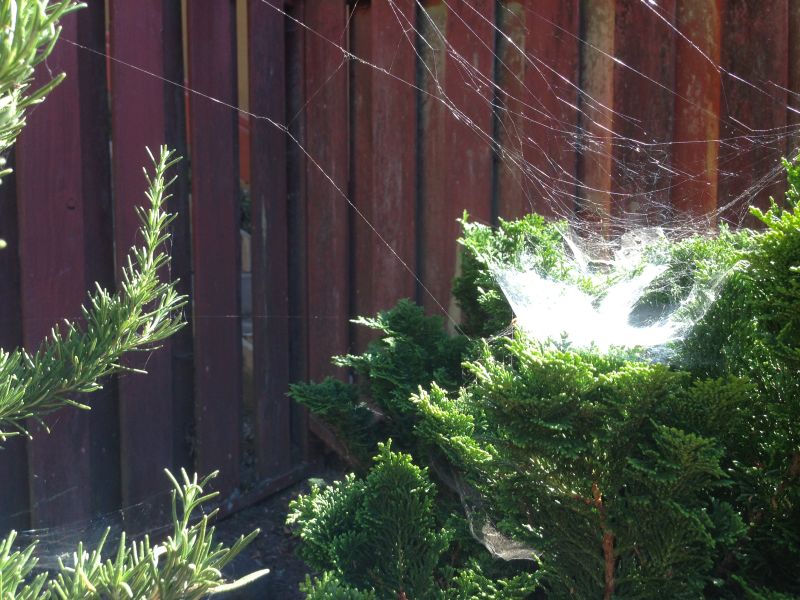"It's probably mostly air conditioning," Greenlee says. "And, of course, as it starts getting into the 90s and to around 100 degrees, air conditioners have to work very hard in order to keep the inside air cool, relative to the outside ambient air temperature."
Greenlee says the ISO is asking consumers to turn their thermostats up to around 78 degrees to reduce demand on the grid.
While temperatures could start cooling off by Friday, you might not notice it until the weekend. By Tuesday, it should feel a lot more like normal -- about 20 degrees cooler in most areas.
Still, "normal" these days is hotter than it used to be. The National Oceanic and Atmospheric Administration says that California, Nevada, Oregon and Washington had their warmest January through August on record.
For those of you clutching your sinuses, now might be a good time to look at whether this week's warm weather is also behind the increase in smog.
Bay Area Air Quality Management District spokesman Ralph Borrmann says: Not necessarily.
"It's a matter of the wind," he says. "So if you have no wind, you have all these millions of vehicles that are producing air pollution, and it's not getting ventilated. And it becomes smog and turns brown. That's ozone."
National Weather Service forecaster Diana Henderson says a high-pressure bubble is settling over the state, compressing air and making it warmer, with air flows moving offshore rather than on.
"The Bay Area sits in a bowl flanked on two sides by mountain ranges," she says. "The flow comes from the northwest, but when that's cut off, everything just sits in the bowl and stagnates."
Henderson says winds here are registering at little more than a breeze.
To minimize exposure to ozone, air officials suggest exercising in the morning or after the sun goes down. Borrmann says his agency is asking residents to do whatever they can to reduce tailpipe emissions -- including walking, biking, carpooling and public transit.
